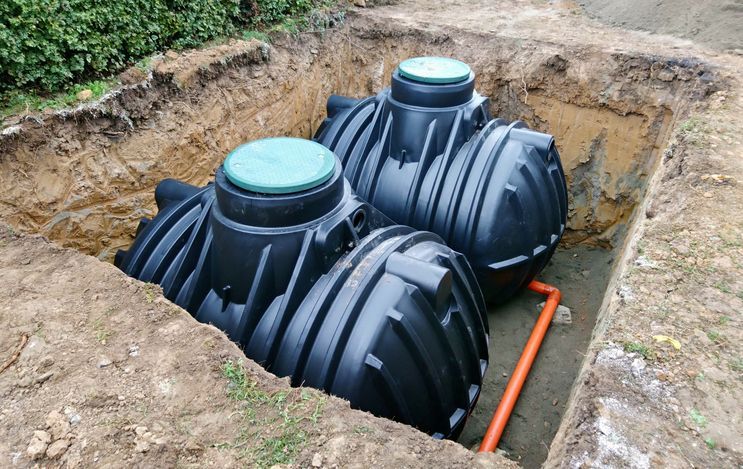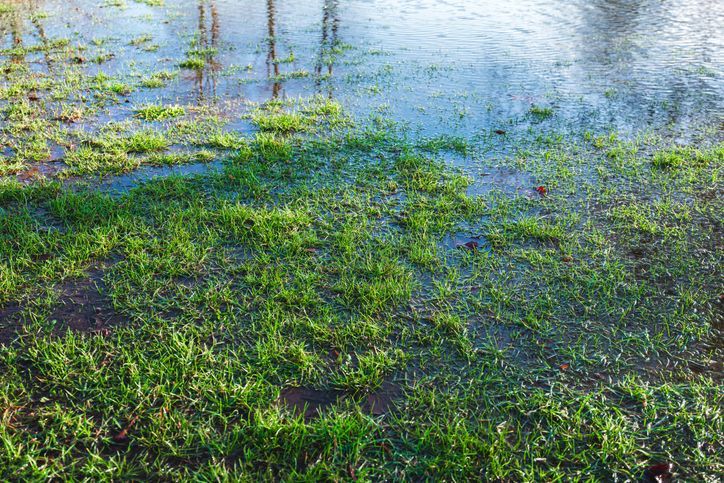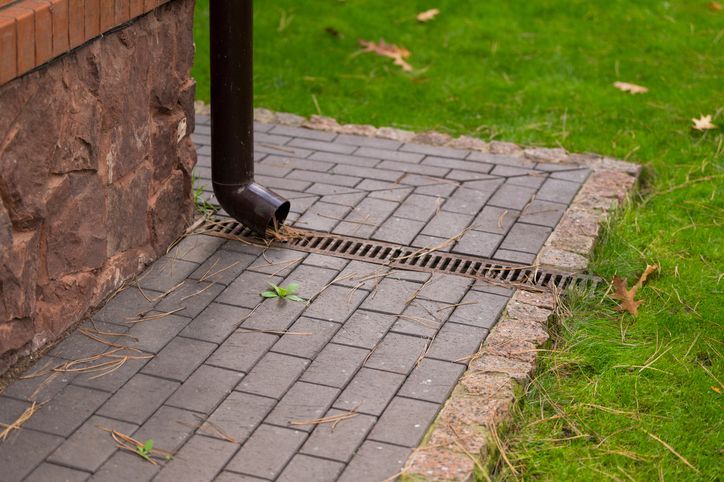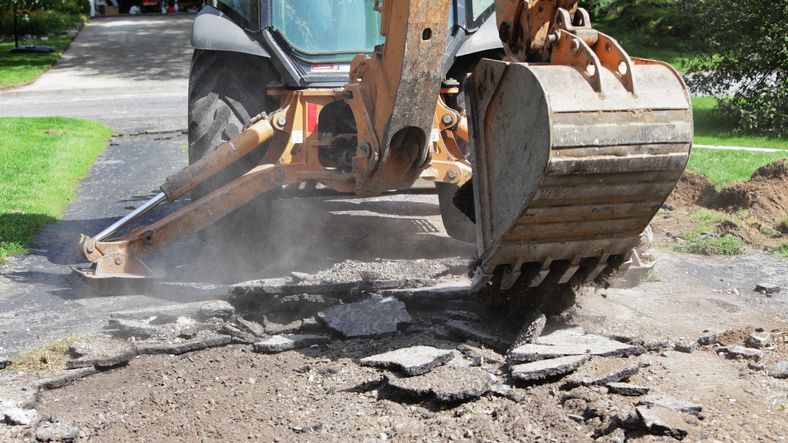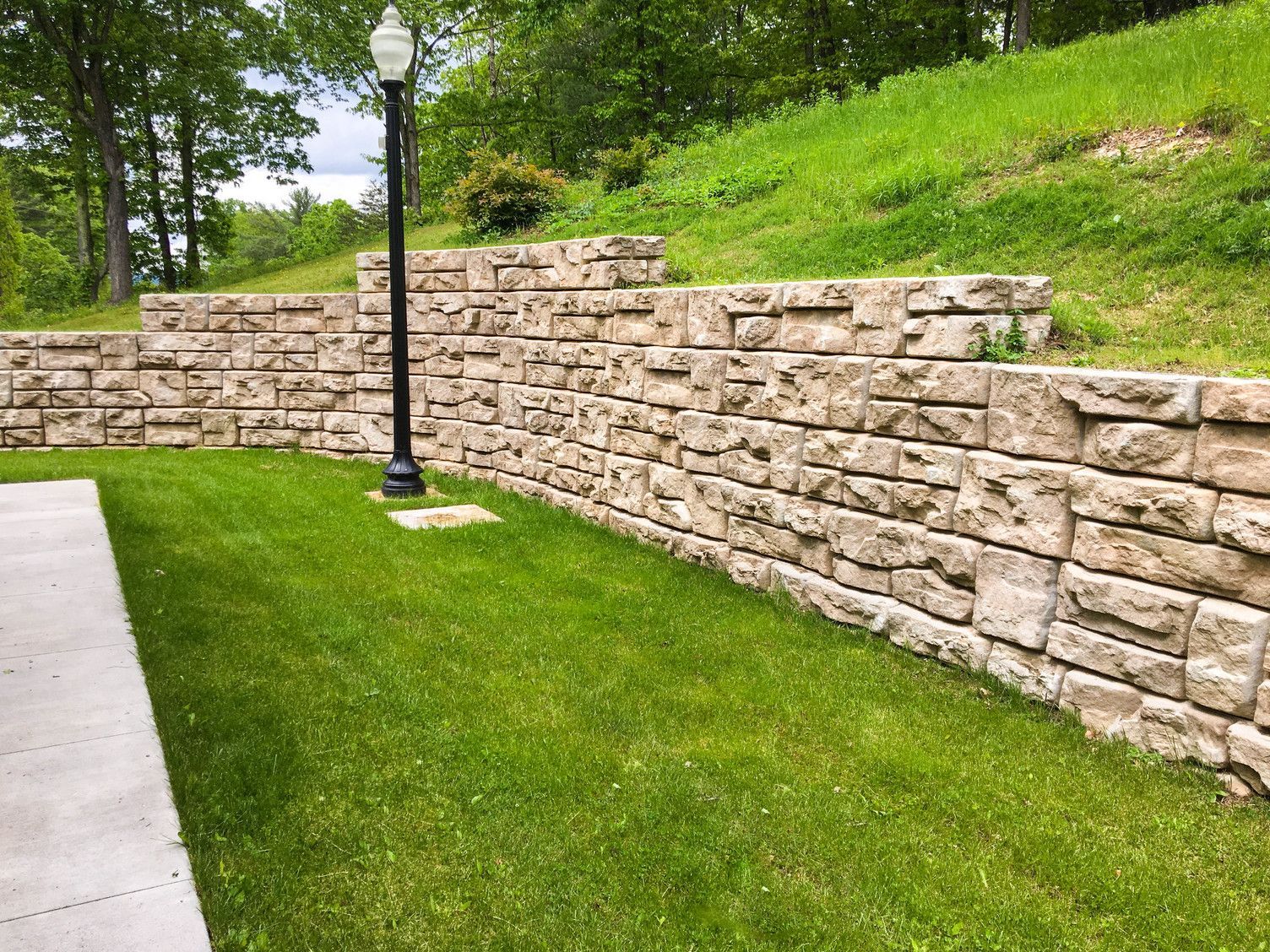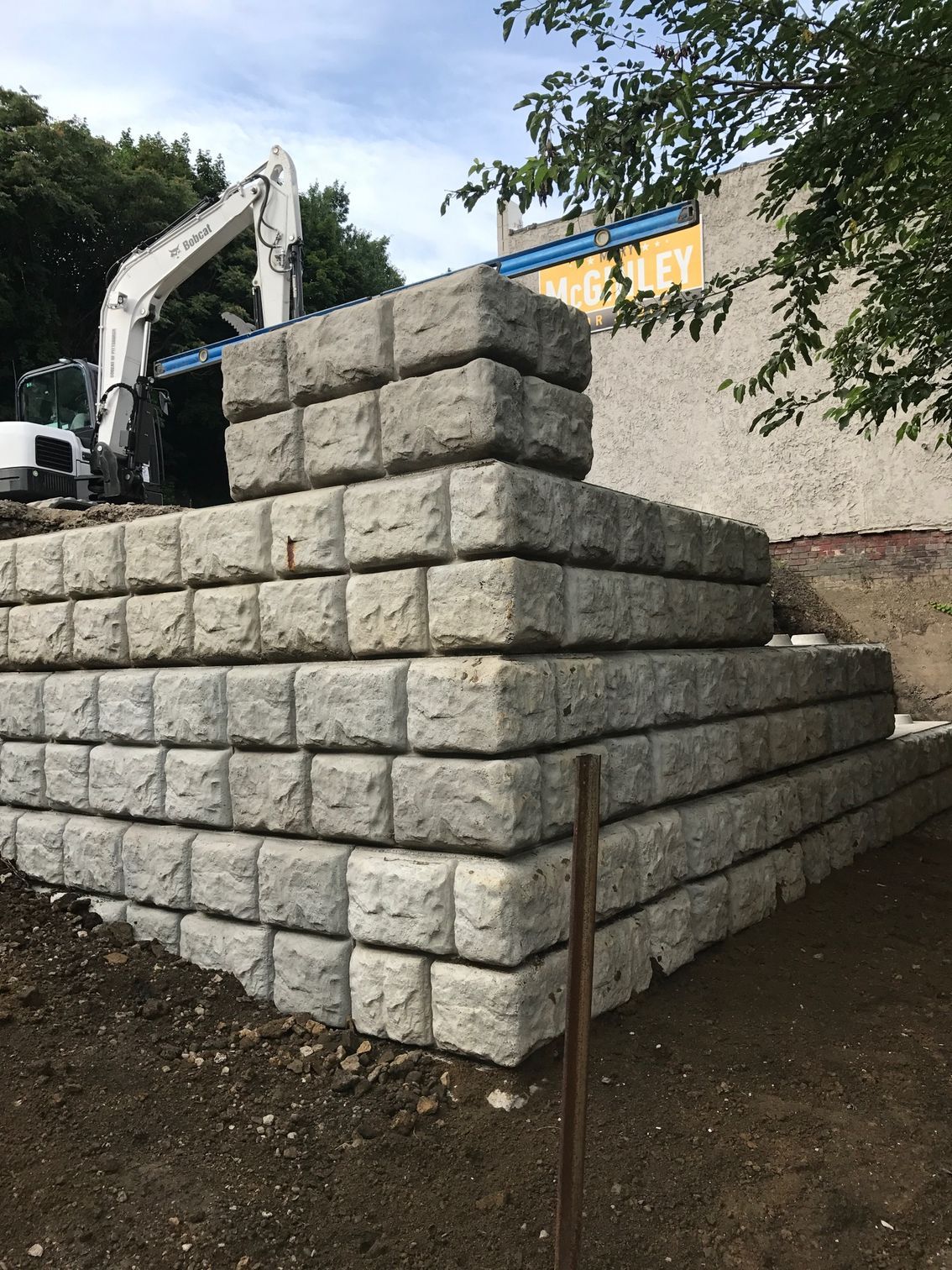Protecting Your Retaining Wall in Winter Weather
Expert Tips from Retaining Wall Contractors in South Hills
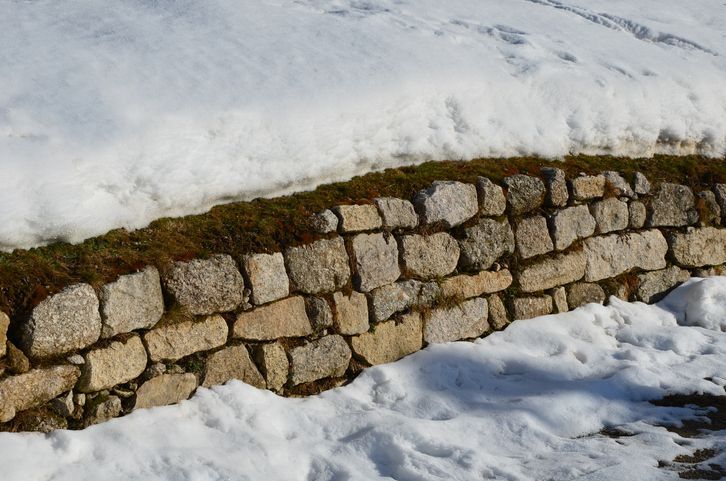
As winter approaches, the importance of safeguarding your retaining wall from the harsh conditions cannot be overstated. Retaining walls are critical for maintaining the structural integrity of your landscape, preventing soil erosion, and managing water drainage. However, winter's freezing temperatures, snow, and ice pose unique challenges that can compromise the durability of your retaining wall. To help you prepare, the expert retaining wall contractors at J Bird’s Landscaping LLC in South Hills have put together a comprehensive guide on how to protect your investment during the winter months.
Understanding the Impact of Winter Weather on Retaining Walls
Winter weather can be particularly harsh on retaining walls, leading to a variety of issues that, if left unchecked, can cause significant damage. The primary culprits are freezing temperatures, snow accumulation, and ice formation. When water seeps into the cracks and crevices of a retaining wall and then freezes, it expands, exerting pressure that can widen cracks and cause further structural damage. Over time, this freeze-thaw cycle can lead to bulging or even complete failure of the wall.
Additionally, snow and ice buildup can place extra weight and pressure on the retaining wall, exacerbating any existing issues. The soil behind the wall can also freeze, causing it to expand and push against the structure, which is known as frost heave. This can lead to shifting, cracking, or bowing of the wall, significantly reducing its lifespan.
Inspection and Maintenance Before Winter Hits
The best time to start protecting your retaining wall from winter damage is before the cold weather sets in. Conducting a thorough inspection of your retaining wall in the fall can help you identify and address any potential problems before they are exacerbated by winter conditions.
Start by examining the wall for any visible cracks, bulges, or signs of wear and tear. Pay close attention to the mortar joints in masonry walls and the seams between blocks or stones. If you notice any damage, it's crucial to repair it promptly to prevent further deterioration during the winter months.
Cleaning the wall is also an essential step in pre-winter maintenance. Remove any debris, leaves, or organic matter that has accumulated on the wall, as these can trap moisture and promote the growth of mold or mildew. Mold and mildew not only weaken the wall over time but can also cause unsightly stains that are difficult to remove.
After cleaning and inspecting the wall, consider applying a water-repellent sealant. This will help prevent water from seeping into the wall and freezing, thereby reducing the risk of damage from the freeze-thaw cycle. For added protection, particularly in areas prone to heavy snowfall or ice storms, you may want to invest in a high-quality sealant specifically designed for use on retaining walls.
Ensuring Proper Drainage
One of the most critical aspects of winter care for retaining walls is ensuring proper drainage. Poor drainage can lead to water accumulation behind the wall, which increases hydrostatic pressure—one of the leading causes of retaining wall failure. This pressure is particularly problematic in winter, as the water can freeze and expand, further stressing the structure.
To ensure your retaining wall has proper drainage, check that all drainage systems are functioning correctly. This includes weep holes, which allow water to escape from behind the wall, and any installed drainage pipes. Make sure these are clear of debris and in good working order before winter begins.
Additionally, the ground around the retaining wall should be graded to direct water away from the structure. If the ground slopes toward the wall, water will naturally collect there, increasing the risk of damage. Adjusting the grading or installing additional drainage systems, such as French drains, can help mitigate this risk.
Another important step is to monitor the area around the wall during winter to ensure that snowmelt is not pooling near the base of the wall. If you notice water accumulating, take steps to redirect it away from the wall as quickly as possible to prevent it from freezing and causing damage.
Protection Against Ice and Snow
Ice and snow are two of the biggest threats to the longevity of a retaining wall during winter. Ice, in particular, can cause significant damage by seeping into the wall and expanding as it freezes. To protect your retaining wall, consider taking the following precautions:
Apply a Sealant: As mentioned earlier, a water-repellent sealant can be highly effective in preventing water from penetrating the wall. This is particularly important in winter, as it reduces the likelihood of ice forming within the wall's structure.
Install Heating Elements: In areas where ice buildup is a significant concern, you might want to consider installing heating elements near the base of the wall. These elements can help melt ice and prevent it from accumulating, thereby reducing the risk of damage. While this may be an investment, it can save you money in the long run by extending the life of your retaining wall.
Use Deicing Products Carefully: While deicing products can be useful for melting ice on walkways and driveways, they can be detrimental to retaining walls. Many chemical deicers contain salts that can seep into the wall and cause deterioration. If you must use a deicer, opt for products that are labeled as safe for concrete or masonry.
Safe Snow Removal Practices
When it comes to snow removal, it’s essential to do so carefully to avoid damaging your retaining wall. The weight of accumulated snow can add significant pressure to the wall, especially if the snow is wet and heavy. Removing snow from the top of the wall reduces this load and helps prevent structural damage.
Use a snow shovel or snow blower to remove snow from the top and face of the retaining wall. Be careful not to use sharp tools that could scratch or chip the wall’s surface. A plastic shovel is preferable, as it is less likely to cause damage than a metal one. Additionally, avoid pushing snow against the wall, as the extra pressure can lead to cracks or bulging.
Regularly removing snow throughout the winter will prevent large amounts from accumulating and reducing the strain on your retaining wall.
Avoid Harmful Deicers
While deicing products can be effective in preventing ice buildup, many contain chemicals that can damage retaining walls. Salt, in particular, is known to cause concrete and masonry to deteriorate over time, leading to spalling, where the surface of the wall flakes off.
Instead of using salt or other chemical deicers, consider using natural alternatives like sand or kitty litter. These materials provide traction on icy surfaces without causing damage to the wall. Additionally, they are environmentally friendly and safe for pets and plants.
When to Call the Experts
Even with the best preventative measures, retaining walls can still suffer damage during the winter. If you notice any signs of damage, such as cracking, shifting, or bulging, it’s crucial to address the issue promptly. Ignoring small problems can lead to larger, more expensive repairs down the line, or even result in the need for a complete wall replacement.
At J Bird’s Landscaping LLC, we specialize in repairing and maintaining retaining walls in the South Hills area. Our experienced team can assess the condition of your wall and recommend the best course of action to restore its structural integrity. Whether you need minor repairs or a complete rebuild, we have the expertise to get the job done right.
Protect Your Investment with Professional Help
Maintaining your retaining wall during the winter months is essential to ensure its longevity and structural integrity. By following these expert tips from J Bird’s Landscaping LLC, you can protect your wall from the damaging effects of freezing temperatures, snow, and ice. Regular inspections, proper drainage, careful snow removal, and avoiding harmful deicers are all key to preserving the beauty and functionality of your retaining wall throughout the winter season.
For those who need professional assistance, J Bird’s Landscaping LLC offers comprehensive landscaping services in South Hills, including retaining wall construction, maintenance, and repair. As a family-run business, we are committed to providing personalized service and expert advice to help you keep your property in top condition year-round. Contact us today to learn more about how we can help you protect your retaining wall this winter.
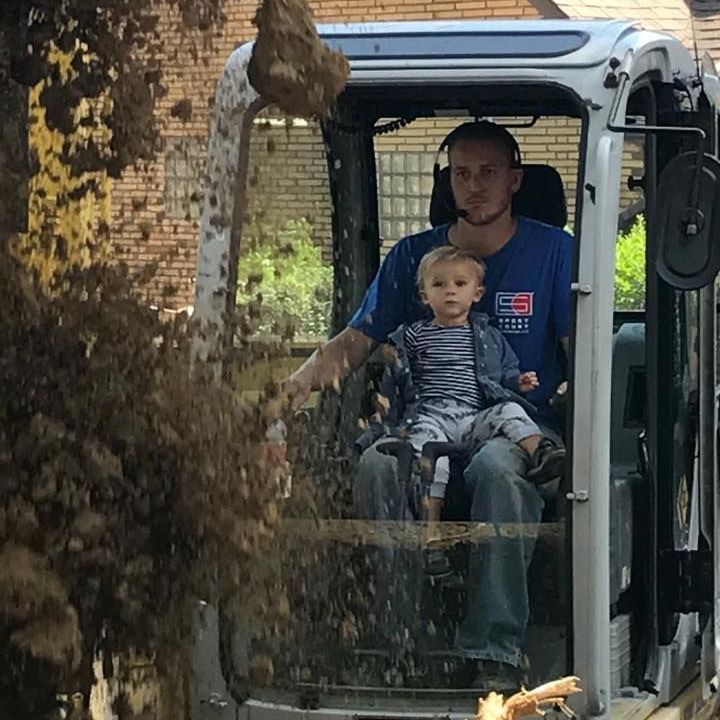
Author: Jay Nagy
Owner & Founded of J Bird's Landscaping. 18+ Years of experience in Pittsburgh lawn cutting, patio installation, trucking/hauling, French drain installation, and other landscape/design services.
More Posts from J Bird's Landscaping
